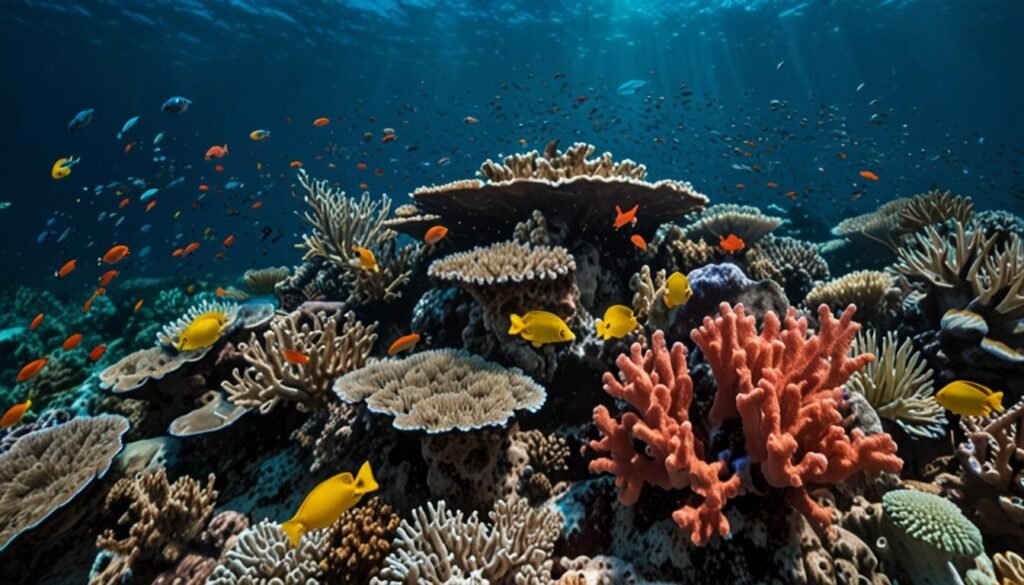Researchers have leveraged artificial intelligence to identify unexplored areas of high marine biodiversity off Mozambique’s coast, potentially enhancing the country’s conservation initiatives.
Researchers have harnessed the power of artificial intelligence (AI) to locate previously unidentified regions of high marine biodiversity off the coast of Mozambique, a development that could significantly bolster the nation’s conservation efforts. This study, led by the Wildlife Conservation Society (WCS) and published in “Frontiers in Ecology and Evolution,” is poised to play a pivotal role in expanding the network of marine protected areas (MPAs) and key biodiversity areas (KBAs) in Mozambique, a region renowned for its rich marine life.
Hugo Costa, the marine programme director for WCS Mozambique, commented on the implications of this discovery, noting, “These areas have the potential to become KBAs or future protected areas, prioritised for protection and improved management.” The new AI model offers a roadmap for WCS, conservation partners, and Mozambique’s government to quickly identify and protect coral reef hotspots that require further scrutiny.
The researchers utilised an AI-driven predictive algorithm along with satellite data focused on environmental factors like temperature, water quality, sediments, and ocean currents. This approach allowed them to pinpoint the conditions that foster a high diversity of marine species. Mozambique, with its expansive 2,770 km coastline, is home to a variety of marine habitats, including coral reefs, mangroves, and seagrass meadows.
Despite these resources, Mozambique’s attempts to develop its network of PAs and KBAs have encountered challenges, primarily due to data deficiencies in understanding underwater ecosystems. Erwan Sola, lead coral reef scientist for WCS Mozambique, remarked on the significance of the new model: “Additional data is always required to inform effective conservation, but the coast of Mozambique is huge. So, these models will help us prioritise where we should focus our time and resources.”
Tim McClanahan, the study’s lead author and director of science for the WCS global marine programme, highlighted the ongoing evolution and refinement of these models as more satellite data becomes available. He emphasised their growing accuracy in biodiversity prediction as researchers better understand their advantages and limitations.
This latest research enhances a previous regional model which identified 19 coral reef areas of high biodiversity significance, and it will be directly incorporated into national conservation planning efforts, particularly in categorising and protecting KBAs. These areas are typically identified nationally by individuals or KBA coordination groups, with Mozambique being one of 25 countries that employs such structures.
Protecting KBAs is critical to fulfilling the targets set by the 2022 Kunming-Montreal Global Biodiversity Framework, which aims to conserve at least 30% of the world’s land and sea areas by 2030. Although the Global Biodiversity Framework did not provide an explicit definition of KBAs, a collective of 20 scientists is working to outline a comprehensive methodology for prioritising sites that need urgent conservation efforts.
This discovery in Mozambique underscores the growing importance of technology in conservation, with AI playing an increasingly vital role in protecting the world’s biodiversity hotspots.
Source: Noah Wire Services















